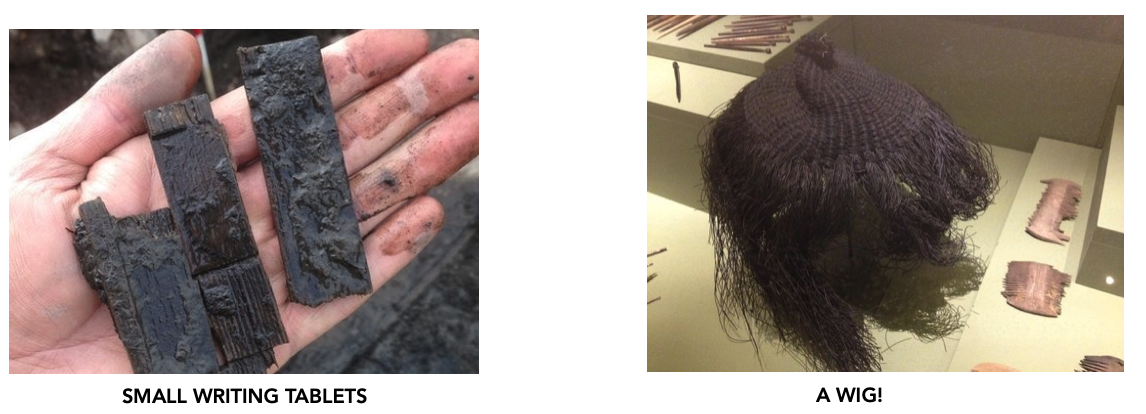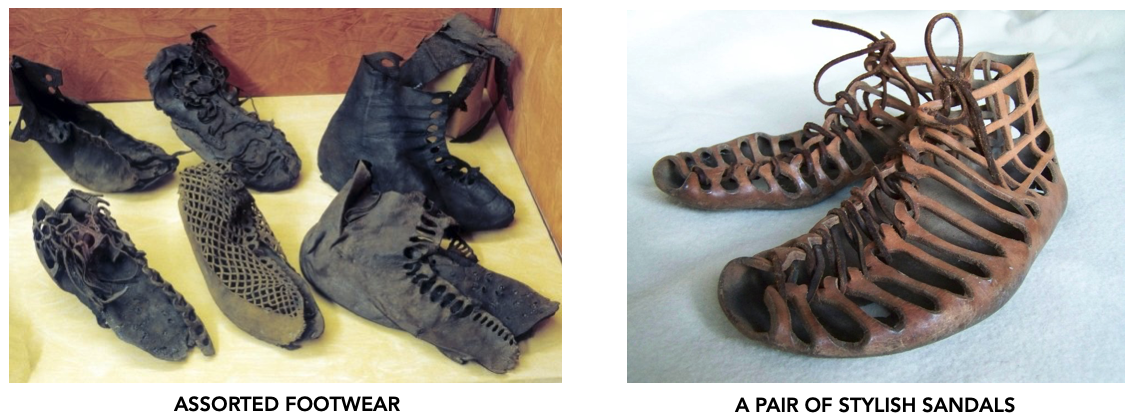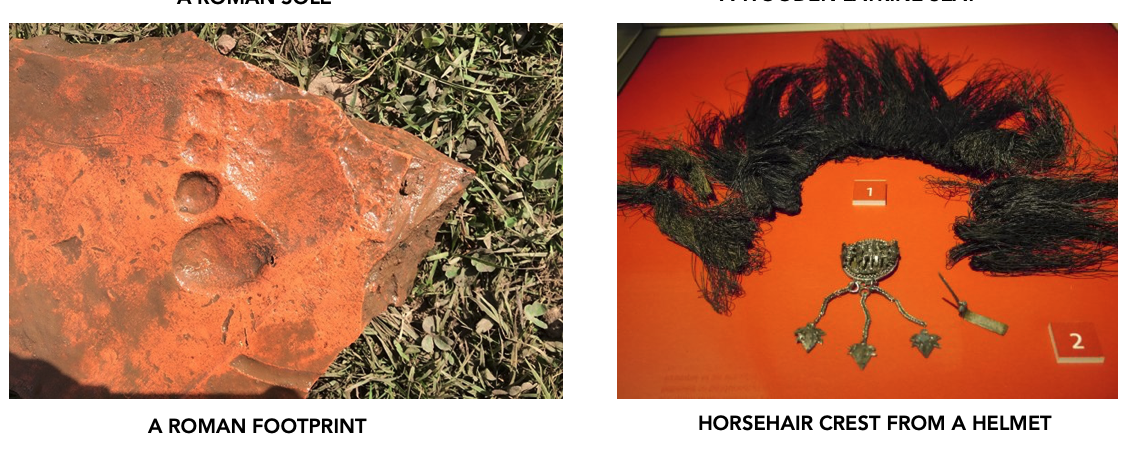54 Friendship on the Frontier: the Vindolanda Tablets
Around 85 CE, Roman soldiers built a small fort of wood and turf at Vindolanda, a hill that guarded the road between the River Tyne and the Solway Firth in northern England. Within a decade, the site would become a major garrison and it would eventually house nearly a thousand soldiers. Demolished in 105, the wooden fort was rebuilt, soon to be followed by a stone fort after the construction of Hadrian’s Wall in 122. Over the next 300 years, various forts would be built and destroyed on or near this site. By the time the Roman occupation of Britain ended in the early 5th century, the site had already become uninhabited.
The ruins at Vindolanda attracted antiquarians as early as the 16th century. But excavations began in earnest in the late 1960s. Then, in 1972 routine digging of a drainage ditch revealed a large deposit of organic material, the first of thousands of writing tablets and other objects that were buried between 85 and 130 CE. The survival of wood and other organic material from antiquity is very rare. We usually find them buried in the dry deserts of Africa or sealed under the volcanic rock of Vesuvius. The survival of leather, cloth, and ink on wood in cold, damp Vindolanda came as a surprise. The conditions to preserve this time capsule of Roman life were created when builders dumped clay on the soggy ground of the site to create a new foundation for the rebuilt camp. The clay sealed the underlaying deposit to create anaerobic conditions that prevented the rot of the organic material. Because of this happenstance, archaeologists have found a trove of personal items and primary documents by common soldiers and their leaders stationed at the very edge of the Roman world.
Before you continue, visit the Exhibition of the Vindolanda Tablets and read more about the site, the tablets and the Romans who produced them as your interests take you:
http://vindolanda.csad.ox.ac.uk/exhibition/





